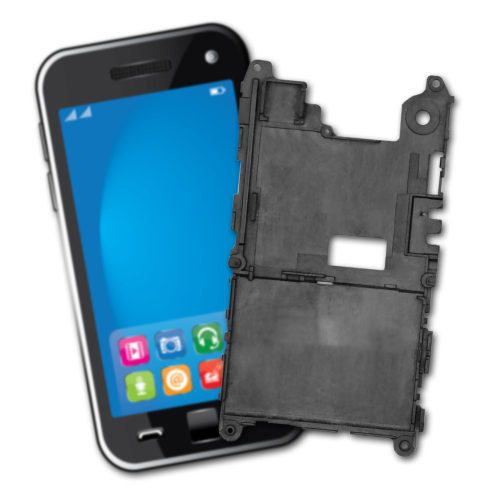
The new LFT products are said to duplicate both the mechanical and electrical properties of magnesium in injection moulding or extrusion materials that offer up to 40% reductions in weight.
“Structurally, long fibre reinforced composites have a history of successfully being used to replace metals, such as aluminium, because they offer weight savings and easier fabrication which provide considerable cost reductions," says Raj Mathur, Vice President Technology at US company PlastiComp.
"Where composites have previously fallen short is in meeting the combination of both structural and electrical characteristics of metals.”
“It is common in the consumer electronics and automotive industries to use metals like magnesium for their stiffness and EMI shielding properties. Now, PlastiComp is able to offer LFT drop-in substitutes that allow these types of metal applications to be converted to long fibre.”
| Even though our new materials contain both long fibre reinforcement and nano fillers to achieve magnesium substitution properties they mould extremely well. |
| Raj Mathur, VP Technology, PlastiComp |
PlastiComp’s new LFT composites are reported to match the mechanical performance of pressure die-cast magnesium and aluminium with tensile modulus values up to 42,000 MPa. On the electrical side, they offer surface resistivity values down to 0.2 ohm/sq and EMI shielding capabilities in the 60-80 dB range depending on wall section thickness.
PlastiComp has already demonstrated commercial applications, with cross sections in the 0.7-1 mm range, which were injection moulded using the LFT composites.
PlastiComp says the combination of mechanical and electrical properties provided in these new LFT composites are achievable in a range of polymers, from commodity to engineering resins, based on performance requirements and price sensitivity of applications.
In addition to hand-held devices and peripherals in the consumer electronics industry, the materials could also replace metal profile extruded frames within the automotive industry.





